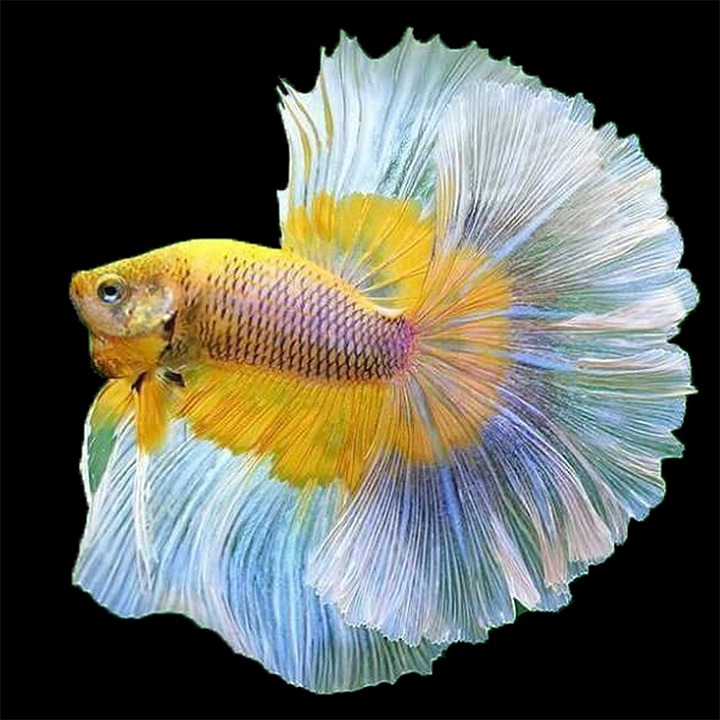Fish hiding behavior is a fascinating aspect of the underwater world. Whether you have a fish tank at home or you enjoy observing fish in their natural habitats, understanding why fish hide and how it affects their well-being is crucial. In this comprehensive guide, we will explore the various factors that influence fish hiding behavior and provide tips on how to create a comfortable environment for your fish.
Why Do Fish Hide?
Fish hide for several reasons, and understanding these reasons is essential for their overall health and happiness. Hiding behavior serves as a defense mechanism against predators, providing fish with a safe place to retreat and seek protection. It also helps them conserve energy by reducing their exposure to external stimuli. Additionally, fish may hide when they are stressed or anxious, or when they are not feeling well.
The Importance of Hiding Behavior
Hiding behavior is vital for the survival of fish in their natural habitats. It allows them to avoid predators, conserve energy, and find refuge when they are injured or ill. In a fish tank setting, providing adequate hiding spots can help reduce stress and anxiety, allowing your fish to thrive.
Evolutionary Factors Influencing Hiding Behavior
Fish hiding behavior has evolved over millions of years. It is influenced by various factors, including their natural habitats and the predators they encounter. Some fish species have developed specific adaptations, such as camouflage or the ability to squeeze into tight crevices, to enhance their hiding abilities.
Common Hiding Spots for Fish
Fish utilize different hiding spots in both their natural habitats and fish tanks. In the wild, they may seek shelter in rocks, caves, plants, or submerged tree roots. In fish tanks, artificial hiding spots such as caves, tunnels, and plants can provide a sense of security for your fish.
Factors Affecting Fish Hiding Behavior
Several factors can affect fish hiding behavior in a tank environment. The size and layout of the tank play a significant role, as fish need sufficient space and hiding spots to feel secure. Water quality and conditions, including temperature, pH levels, and oxygen levels, also impact their behavior. Lighting and photoperiods, which mimic natural day-night cycles, can affect the activity levels and hiding patterns of fish. Additionally, the social structure and dominance hierarchy within a fish tank can influence hiding behavior.
Identifying Stress and Anxiety in Hiding Fish
It is essential to recognize signs of stress and anxiety in hiding fish. These may include decreased appetite, increased aggression towards tankmates, unusual swimming patterns, or changes in coloration. Understanding the causes of stress, such as poor water quality, overcrowding, or inadequate hiding spots, can help address the issue and improve the well-being of your fish.
Providing Adequate Hiding Spots for Your Fish
Creating a comfortable environment for your fish involves providing adequate hiding spots. Natural décor, such as live plants and rocks, can offer hiding places and simulate their natural habitats. Artificial hiding structures, such as caves or tunnels, can also provide a sense of security. It is crucial to strike a balance between hiding spots and open spaces to allow fish to exhibit their natural behaviors.
Creating a Balanced Environment
Maintaining a balanced environment in your fish tank is crucial for the well-being of your fish. This involves monitoring water quality parameters, providing appropriate tankmates, and ensuring a suitable diet. Regular maintenance, including water changes and filter maintenance, is essential to keep the tank clean and healthy.
FAQs: Frequently Asked Questions about Fish Hiding Behavior
1. Why do fish hide during certain times of the day?
2. How many hiding spots should I provide in my fish tank?
3. Can fish become overly dependent on hiding spots?
4. How can I encourage my fish to come out of hiding?
5. Is it normal for fish to hide after being introduced to a new tank?
Conclusion
Understanding fish hiding behavior is essential for creating a comfortable and thriving environment for your fish. By providing adequate hiding spots and addressing any underlying causes of stress or anxiety, you can promote their well-being and enjoyment in your fish tank. Remember to observe your fish closely and make necessary adjustments to their environment to ensure their overall health and happiness.









